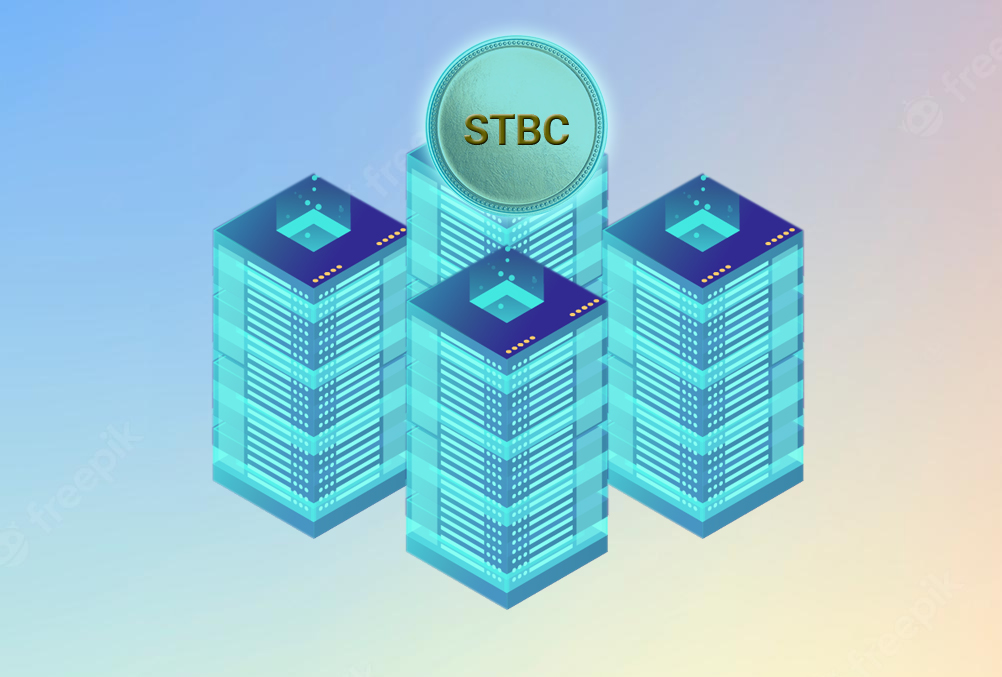What are Algorithmic Stablecoins? Algorithmic Stablecoins Classification and Paradox
In addition to fiat-backed and crypto-backed stablecoins, there is another stablecoin that is Algorithmic Stablecoin.

Situation
Stablecoins are an extremely important component in crypto in general and DeFi in particular. In 2020, the stablecoin market has made great progress, the demand for stablecoins is increasing. That is evident in the chart of the total supply of stablecoins below.

The stablecoins that have experienced great growth are the fiat-backed and crypto-backed stablecoins. In addition, Stablecoin has another stablecoin, which is Algorithmic Stablecoin (algorithmic stablecoin).

What is Algorithmic Stablecoin?
Algorithmic Stablecoin is a stablecoin with stability based on the mechanism of elastic supply using an algorithm called Rebase.
When it comes to Algorithmic stablecoin, it is necessary to pay attention to the rebase rule (rules):
- Rebase time: Usually each project will have a different time, with different names.
- Rebase trigger price: Usually, a project needs to have a price range to make the trigger rebase condition increase or decrease. Example: AMPL has a price of +-5%.
- Which oracles source did that price come from? Usually the project uses Uniswap's TWAP.
- Maximum increase/decrease in supply.
Classification Algorithmic Stablecoin
I temporarily divide Algorithmic Stablecoin into 3 types: single-token model, multiple-token model and hybrid model.
Single-Token Model
Algorithmic stablecoins under the 1-token model will work with a simple Rebase mechanism.
Token price will be pegged at $1, every time Rebase will happen 3 cases:
- (1) Token price increases more than $1, total supply will increase.
- (2) If the token price drops more than $1, the total supply will decrease.
- (3) Unchanged token price remains around $1, total supply remains the same.
When the total supply changes, it will directly affect token holders expressed through the number of tokens that can increase or decrease corresponding to the Rebase result.
The prominent project and also the leader for the Algorithmic Stablecoin trend is Ampleforth (AMPL) followed by Yam Finance (YAM).
Multiple-Token Model
The working mechanism of Multiple-Token Model is still the same as that of Single-token model, the token price is still pegged at $1. When Rebase still has 3 cases happening:
- (1) Token price above $1, generate more tokens.
- (2) The token price is below $1, creating debt in the form of a bond.
- (3) Token price remains stable at $1, no more tokens generated.
Projects following this model must have up to 3 tokens including:
- Stablecoin.
- Shares tokens for Shareholders.
- Bond tokens represent the debt of the protocol.
Unlike the single-token model, the multiple-token model does not distribute the generated tokens equally to all holders, but instead distributes them to the participants in the protocol such as Shareholders. , Liquidity Provider, Bond token holder with different rates depending on the specific protocol.
Projects of this type can be mentioned as Basis Cash (BAC, BAS, BAB), DollarProtocol (USDX, SHARE, xBOND).
Hybrid Model
The working mechanism of Hybrid Model only exists 1 stablecoin, but when the rebase is positive, the total supply will increase and distribute to the participants in the protocol. When the rebase is negative, debt is issued as a coupon at a high discount to incentivize stablecoin holders to buy debt.
Typical of this type can be mentioned Emptyset Dollar (ESD) and its fork is Dynamic Set Dollar (DSD).
The Paradox of Algorithmic Stablecoin
A stablecoin that wants to last for a long time needs to have a certain stability to be able to attract normal use. In order to have a certain stability, Algorithmic stablecoins must achieve a large enough capitalization (1 - 10 billion USD) to have enough liquidity to avoid price fluctuations.
To hit such a large cap mark, the rebase loop must be positive. That leads to the question of how to create demand for stablecoins large enough to keep the price above $1.

To solve this problem, it is necessary to incentivize the participants in the protocol.
Single-token: Create a reward program for participants who provide liquidity through liquidity mining.
Multiple-token:
- Liquidity provider enjoys % of stablecoins generated after positive rebase.
- Speculator: Buy debt as bond (bond) at a high discount.
- Shareholders: Hold shares token get more stablecoins after positive rebase.
Hybrid:
Liquidity Provider enjoys % of stablecoins generated after
- positive rebase.
- Speculators buy debt as coupons at a highly discounted price.
- Stakers enjoy % of stablecoins generated after positive rebase.
But these are only meant to increase the speed of network growth through speculation which is unsustainable because once the incentives are exhausted or the participants are no longer interested, the project is not sustainable. The project will fall into a state called "Death Spiral" leading to failure.
Closing Thoughts
Although the idea of Algorithmic Stablecoin appeared in 1974, and 2014, it was not until 2020 that many experimental and action projects began to create stablecoin products. .
So these stablecoins are still very young, but, the experiences of the above projects have at least given us an overview, the paradoxes from which can lead to come up with a better solution, closer to the goal of creating a fully decentralized stablecoin.
Aug 20, 2022





 for Stablecoin Settlement Expansion-400-400.webp)


















